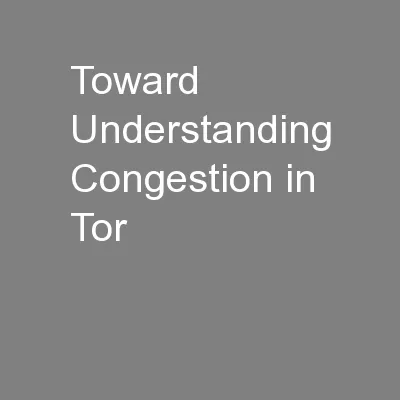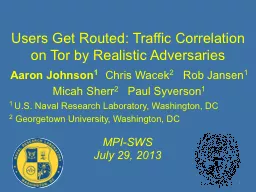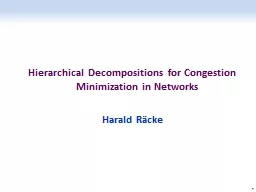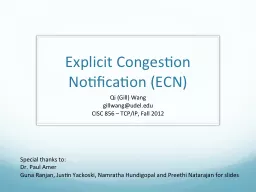PPT-Toward Understanding Congestion in Tor
Author : min-jolicoeur | Published Date : 2016-06-14
DCarea Anonymity Privacy and Security Seminar January 24 th 2014 Rob Jansen US Naval Research Laboratory Joint with John Geddes Chris Wacek Micah Sherr
Presentation Embed Code
Download Presentation
Download Presentation The PPT/PDF document "Toward Understanding Congestion in Tor" is the property of its rightful owner. Permission is granted to download and print the materials on this website for personal, non-commercial use only, and to display it on your personal computer provided you do not modify the materials and that you retain all copyright notices contained in the materials. By downloading content from our website, you accept the terms of this agreement.
Toward Understanding Congestion in Tor: Transcript
Download Rules Of Document
"Toward Understanding Congestion in Tor"The content belongs to its owner. You may download and print it for personal use, without modification, and keep all copyright notices. By downloading, you agree to these terms.
Related Documents














